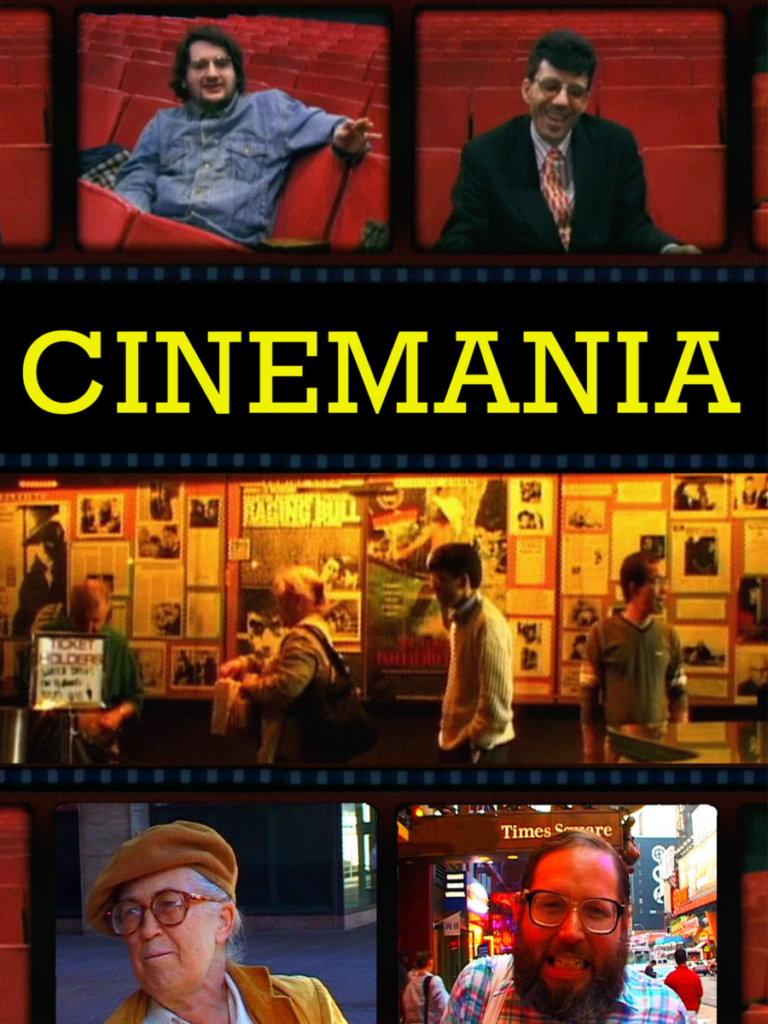Documentaries, like any other genres of film, utilizes different forms to oftentimes convey different messages toward their intended audiences. To define category simply, it is basically the way individuals create groupings to organize their knowledge of the world. For a documentary filmmaker, this could mean many things. Depending on the objects the filmmaker wish to document, the director are given creative freedom to engage the audience with the categorization.
There are many different ways a filmmaker could use to engage the audience. One way would be including contrasting personalities that creates tension and piques the viewers’ interests. A great example of that would be in the movie Cinemania, the director seemingly shows the separate lives of five film lovers. However, the five different subjects all had distinct personalities and all led different life styles. That dramatic difference between the five creates a contrast and keeps the viewers engaged throughout the film. Eventually, the contrasting personalities all came together and demonstrates how film can accommodate the different lifestyles of many people.

Additionally, Categorical film as a form is very inclusive, and it encourages the mixture of other forms as well. For example, in the film Olympia, although on a large scale the film is shown through different categories of athletic events, small narrative forms are also weaved into the film to add more excitement, and making a documentary to be more personable and relatable. The story of track and field athlete Glenn Morris adds a nice touch to the film, and the small narrative of Morris’ story creates a nice variety from a categorial form documentary, which contains the risk of being boring .

Lastly, Categorical forms also contains some elements of rhetorical forms, where directors are given the opportunities to convey his/her ideologies through the film. A great example of that would be Gap-Toothed women. On a surface level, the film is shown to be a mere documentary that categorizes and interviewed different types of women with gaped tooth. However, diving deeper at the selection of music, people being interviewed, and reactions of others, it is clear that the director is conveying a implicit message. The choice of music is very positive and pleasant, combined with numerous shots of attractive gap toothed women smiling at cameras (suggesting the insecurity and doubt is oftentimes insignificant), and even some reactions of people finding gap tooth to be attractive, the director is definitely taking a stance on the issue, and he is conveying the message implicitly to the audience.
